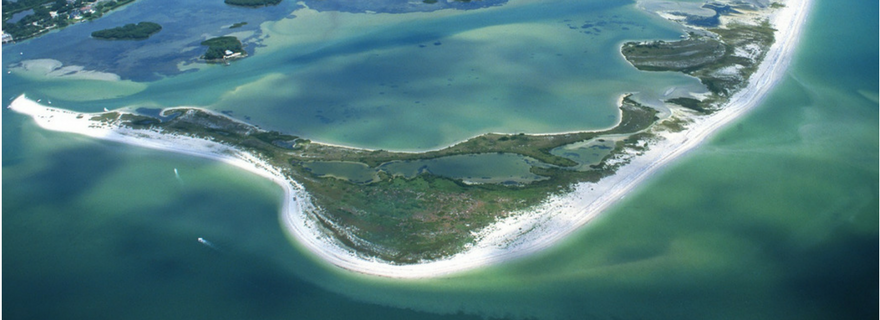After two years, dozens of meetings and hundreds of comments from people including resource managers, agency representatives, scientists and citizens, the Tampa Bay Estuary Program has released the third edition of its Comprehensive Conservation and Management Plan.
The CCMP, also known as “Charting the Course,” details the successes of the past 20 years and sets priorities for the next decade. The 158-page report (with a 12-page public summary) includes 39 action plans that address historical challenges – such as reducing nutrient pollution and restoring key habitats –and new or emerging issues such as the impacts of sea level rise and microplastics.
Key achievements since the first CCMP was adopted in 1996 include:
- Creating the Tampa Bay Nitrogen Management Consortium, a unique public-private partnership, that has worked together to reduce nitrogen entering the bay. An estimated 537 tons of nitrogen has been removed or prevented from entering the bay.
- Surpassing the seagrass recovery goal of 38,000 acres. Overall, Tampa Bay now supports more underwater seagrasses – a critically important habitat – than at any time since 1950.
- Establishing restoration targets for freshwater wetlands (a total of 18,703 for both forested and non-forested wetlands) and emergent tidal wetlands (a total 2,758 acres of low-salinity salt marches and salt barrens).
Continuing or new issues addressed in the just-completed CCMP, covering the period 2017-2027, include:
- Maintaining the seagrass gains documented in the bay even as populations in its watershed continue to grow.
- Improving water quality in Old Tampa Bay through better management of freshwater inflow and removal of physical barriers to tidal circulation.
- Expanding understanding of the sources, distribution and ecological impact of emerging “contaminants of concern” including personal care products, pharmaceuticals and microplastics.
- Establishing restoration and protection targets for hard-bottom habitats, coastal uplands and tidal tributaries.
- Ensuring that bay habitats can withstand and adapt to climate change, while furthering documenting the role coastal habitats and seagrasses play in storing carbon and buffering ocean acidification.
- Working with local governments to reduce sewage overflows and develop plans to prevent harmful algal blooms in the bay.
“The CCMP is a scientifically sound and community-based plan to protect Tampa Bay – which provides nearly 20% of the jobs in our region,” notes Holly Greening, TBEP’s executive director. “We look forward to continuing to collaborate with the public and private sectors to maintain and build on the progress we have made in improving the bay.”

